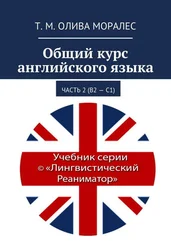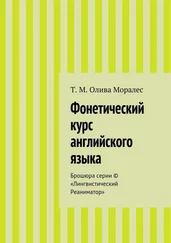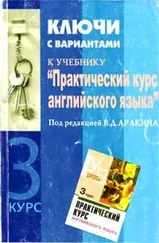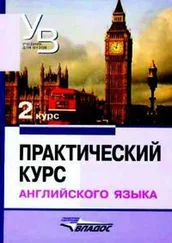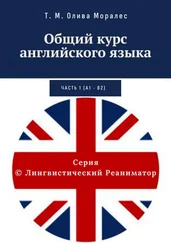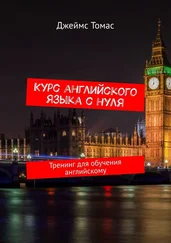2. Stages of education:compulsory, pre-school, primary, secondary, further, higher.
3. Education policy:administration, schooling, full-time education, part-time education, tripartite system, class-divided and
selective system of education, to sustain inequality of opportunity, to go comprehensive, the Department of Education and Science,
Local Education Authorities (LEAs), to be responsible for national education policy, to run a school, to prescribe curricula or
textbooks, the provision of schools, to provide maintained school education.
4. Management:Head Teacher (Master), Principal, Assistant Principal, Acting Head Teacher, staff, governing body, to have re -
sponsibility, to employ teachers, provide and maintain buildings, supply equipment, provide grants, appointment and dismissal of
staff.
5. Admission:to admit, to allocate, to apply for admission, selective procedure, intelligence tests, substitute for the abolished 1
l_dt .§xa.ms' to measure inborn abilities, to have a time limit, to coach for, catchment area, without any reference to a child's abili ty or
aptitude, to transfer (promote) from one class to another.
6. Curriculum:broad curriculum, academic course, non-academic course, vocational bias, foundation course, foundation sub-
jects, to meet special interests, common curriculum, simplified curriculum, education with a practical slant for lower-attaining pupils,
to be encouraged to do smth., the three R's, subject teaching, specialist teacher, to have set periods, remedial teaching.
7. Examinations:GCSE (exam); to sit for an exam; "A" level exam; Common Entrance Exam; to be set and marked by ... ; to
hand the papers out; examining board; grades, "pass" grade; resits and retakes; unsuccessful pupil; to repeat the year; to pass an
exam, to keep up with the group; to fall behind.
8. Punishment:corporal punishment, detention (after school or during the dinner hour), lines, exclusion from normal routine, ex-
clusion from privileges (loss of privilege), collection of litter, suspension from school, withdrawal from lessons, setting extra work,
putting "on report", telling the parents.
NIOTACUD EY
NURSERY SCHOOL (voluntary)
ROS
5
LU
PRIMARY SCHOOL (at least six years primary
P
6
M
education)
O
7
CS
8
RAE
9
10
11 Y
11
12
SECONDARY SCHOOL (at least five years
13
secondary education)
14
15
General Certificate of Secondary Education (GCSE)
16
examinations (taken at 15—16)
17
Advanced level ('A' level) examinations (taken at 17 COLLEGE OF FURTHER
18
—18)
EDUCATION (general,
vocational, and technical)
HIGHER EDUCATION - -
COLLEGE OF UNIVERSITY EDUCATION POLYTECHNIC
(teacher training)
Fig. Primary and Secondary Education in England and Wales
Read the text for obtaining its information.
Education is compulsory from the age of five to sixteen, and there is usually a move from primary to secondary school at about
the-age of eleven, but schools are organized in a number of different ways. There is no law which provides for education of the un-
derfives. In England about 47 per cent of three- and four-year-olds receive education in nursery schools or classes. In addition many
children attend informal pre-school play groups organized by parents and voluntary bodies.
For many years the education service has been characterized by change. The provision of maintained school education is the re -
sponsibility of local education authorities (LEAs). They employ teachers and other staff, provide and maintain buildings, supply
equipment and materials, provide grants to students proceeding to further and higher education. The Department of Education and
Science maintains overall control although local education authorities and head teachers have considerable powers in planning and
administration. Plans were introduced into Parliament in 1988 for more centralized control, including a national curriculum for all
schools.
Schools Maintained by the State.No fees are charged to parents of the children at maintained schools, and books and equipment are
free. Schools supported from public funds are of two main kinds in England and Wales: county schools and voluntary schools. County
schools are provided and maintained by LEAs wholly out of public funds. Voluntary schools, mostly established by religious denomi -
nations, are also wholly maintained from public funds but the governors of some types of voluntary schools contribute to capital
costs. Nearly a third of primary and secondary maintained schools in England and Wales are voluntary schools, most of them
Anglican or Roman Catholic. All children in county or voluntary schools receive religious education by law and take part in a daily
corporate act of worship unless their parents choose otherwise.
Education within the maintained school system usually comprises two stages — primary education and secondary education.
Primary Schooling.Compulsory education begins at five when children in England and Wales go to infant schools or departments;
at seven many go on to junior schools or departments. The usual age of transfer from primary to secondary schools is 11, but a
number of LEAs in England have established "first" schools for pupils aged 5 to 8, 9 or 10 and "middle" schools covering various
age ranges between 8 and 14.
Secondary Schooling.The publicly maintained system of education aims to give all children an education suited to their particular
abilities. Until the 1960s most children took an examination at the end of primary school (the Eleven Plus): those who passed it suc-
cessfully went to grammar schools while those who did not went to secondary modern schools. A few areas especially in the south of
England still have selective exams at the age of eleven, but about 90 per cent of secondary schools in Britain are now comprehensive.
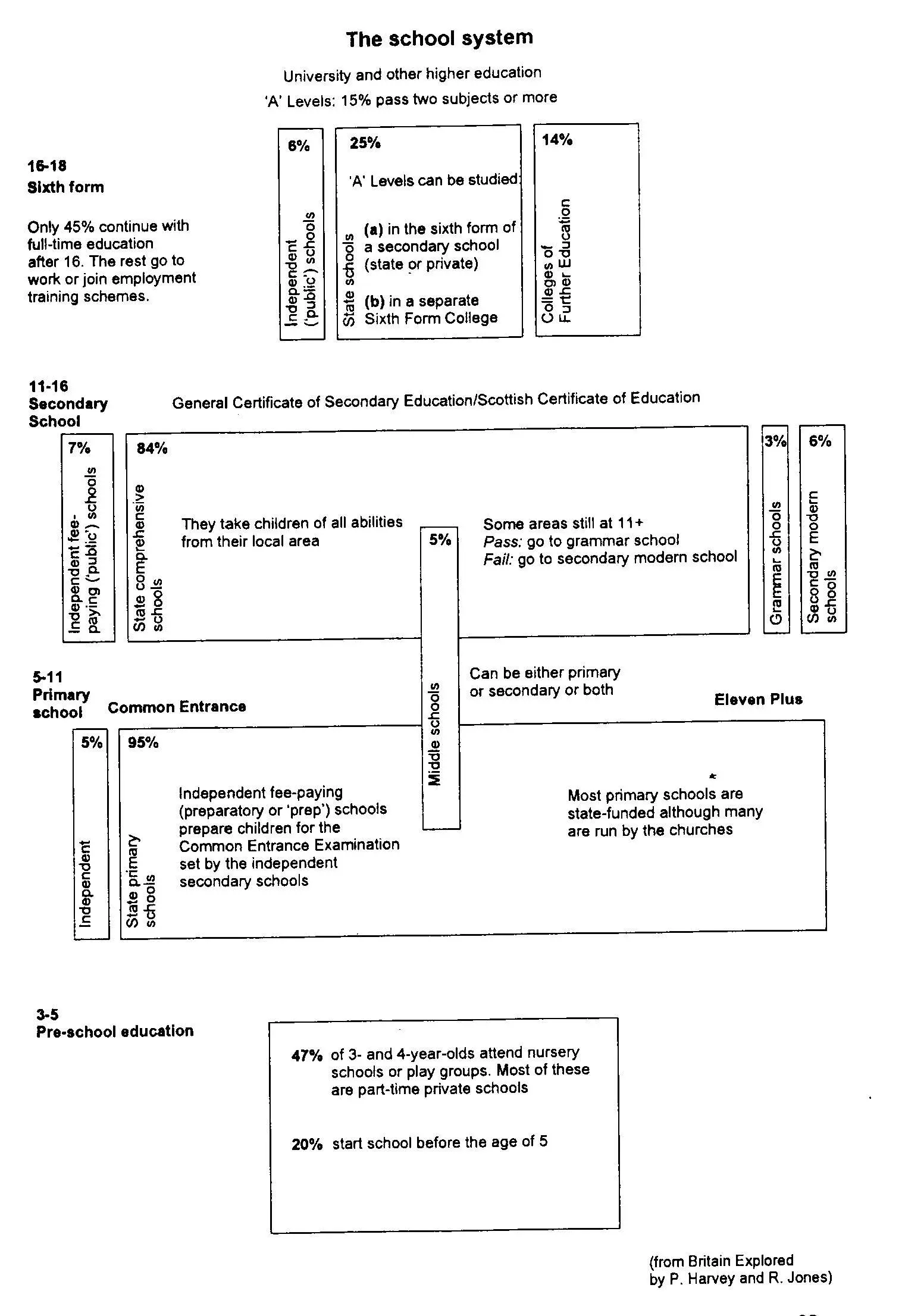
They take pupils without reference to ability or aptitude and provide a wide range of secondary education for all or most of the chil-
dren from their local area.
Special schools cater for a wide variety of handicap.
The Curriculum.The content of the secular curriculum in maintained schools in England and Wales is the responsibility of the
LEA and of the schools' governors. In practice, responsibility is largely devolved on head teachers and their staff. The government
has issued guidance on the curriculum for both primary and secondary school pupils. It considers that secondary pupils up to the age
of 16 should follow a broad curriculum including English, Mathematics and Science, some study of the humanities including History,
Читать дальше
![Владимир Аракин Практический курс английского языка 3 курс [calibre 2.43.0] обложка книги](/books/402486/vladimir-arakin-prakticheskij-kurs-anglijskogo-yazyk-cover.webp)

